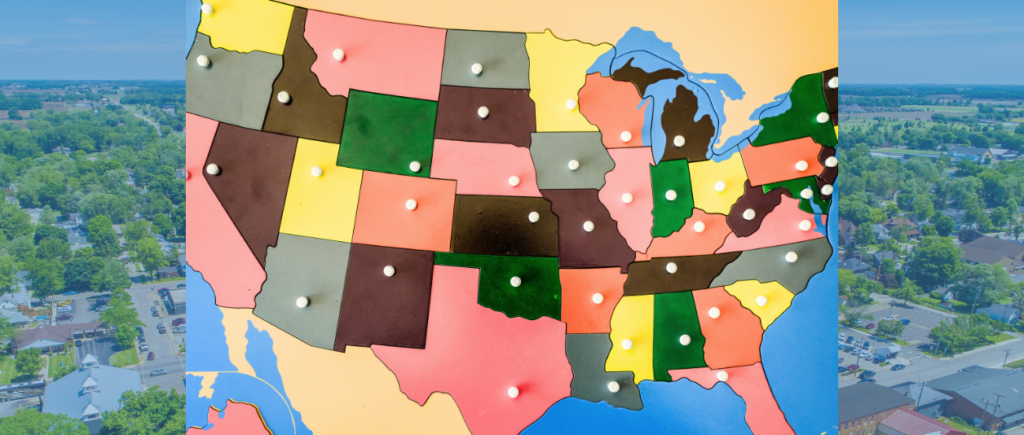By Honor Gosch, Jill Williams, Amanda Doroshow, and Lauren Esterle
Each year, more than 100,000 unaccompanied children arrive in the United States and are detained by the US Border Patrol. The majority of these children are transferred to the Office of Refugee Resettlement (ORR) and placed in deportation proceedings, where they must navigate complicated US immigration laws with the hope of achieving legal relief and being able to remain the United States.
 Not surprisingly, research indicates that legal representation is critical to safeguarding children’s due process rights and dramatically affects their ability to obtain legal status. Children with representation are seven times more likely to have a positive case outcome than kids without an attorney. However, only 58% of unaccompanied children have legal representation.
Not surprisingly, research indicates that legal representation is critical to safeguarding children’s due process rights and dramatically affects their ability to obtain legal status. Children with representation are seven times more likely to have a positive case outcome than kids without an attorney. However, only 58% of unaccompanied children have legal representation.
Both the federal government and immigrants’ rights advocates have recognized the importance of ensuring all unaccompanied children have access to legal representation. However, achieving this goal will require significantly growing the workforce of legal providers willing and able to serve unaccompanied children.
Here we focus on a fundamental challenge that practitioners committed to increasing children’s access to representation must consider— that where children settle may affect their ability to access representation.
Once children leave ORR custody they live with sponsors in communities across the country while their immigration case is being adjudicated. In recent years, children have settled in more geographically diverse communities than ever before, and not necessarily near where they have to report for immigration court.
From 2014 to 2024, the number of counties where 50 or more children were released nearly doubled from 163 to 322. States including Tennessee, Rhode Island, Indiana, and Louisiana now have counties where more than 50 children were released in 2024. At the same time, states with long histories of receiving unaccompanied children such as California, Texas, and Florida, have seen the geographic expansion of the counties within those states where children initially settle.

This demonstrates that there are now more counties and communities across the country where unaccompanied children in need of legal representation are living and raises questions about children’s access to representation in this increasingly expansive geography.
 Research shows that location and distance from legal service providers is only one factor that affects immigrants’ ability to access representation. However, it’s a useful starting point for identifying where children’s ability to access legal representation may be limited and where strategic investment in workforce development is necessary to achieve universal representation.
Research shows that location and distance from legal service providers is only one factor that affects immigrants’ ability to access representation. However, it’s a useful starting point for identifying where children’s ability to access legal representation may be limited and where strategic investment in workforce development is necessary to achieve universal representation.
To better understand children’s access to representation and how it varies geographically, we combined available data on the locations of free and low-cost immigration attorneys with publicly available data from the Office of Refugee Resettlement on where children are released.*
This data allowed us to determine the prevalence of attorneys to children in need, both at the national and state levels. Our analysis revealed a significant shortage of legal representation for children across the country, while also highlighting specific locations where access to representation is alarmingly low.
Nationally, we estimate that for every free or low-cost immigration attorney there are 137 unaccompanied children in need of representation. 22 states have ratios of children to immigration attorneys at or greater than 150 to 1. The need is particularly acute in Arkansas, Rhode Island, and Tennessee, where the ratio is one attorney to every 650 or more children.
Available county-level data further shows that long-established resettlement locations for children—places such as Harris and Dallas counties in Texas—are not immune to the shortage of attorneys. in recent years have only one attorney for between every 92 to 441 children.

More research is needed to fully understand the prevalence and geographic distribution of attorneys available, qualified, and willing to serve unaccompanied children. However, these preliminary insights demonstrate the overall lack of free and low-cost immigration attorneys available to represent unaccompanied children nationally and highlight areas where children lack meaningful access to representation. Targeted efforts to place new and experienced attorneys with legal service providers in high-needs areas and partnerships with law schools to raise awareness of career opportunities in the field are promising strategies to address the lack of attorneys available to represent children. Only by growing the workforce in the places where children are living can we achieve our goal of ensuring all unaccompanied children have access to representation.
*Because children’s cases taken, on average, nearly 3.5 years to complete, we added the number of children released between 2020 and 2024 to determine the number of children in need of legal representation in each state and county.
